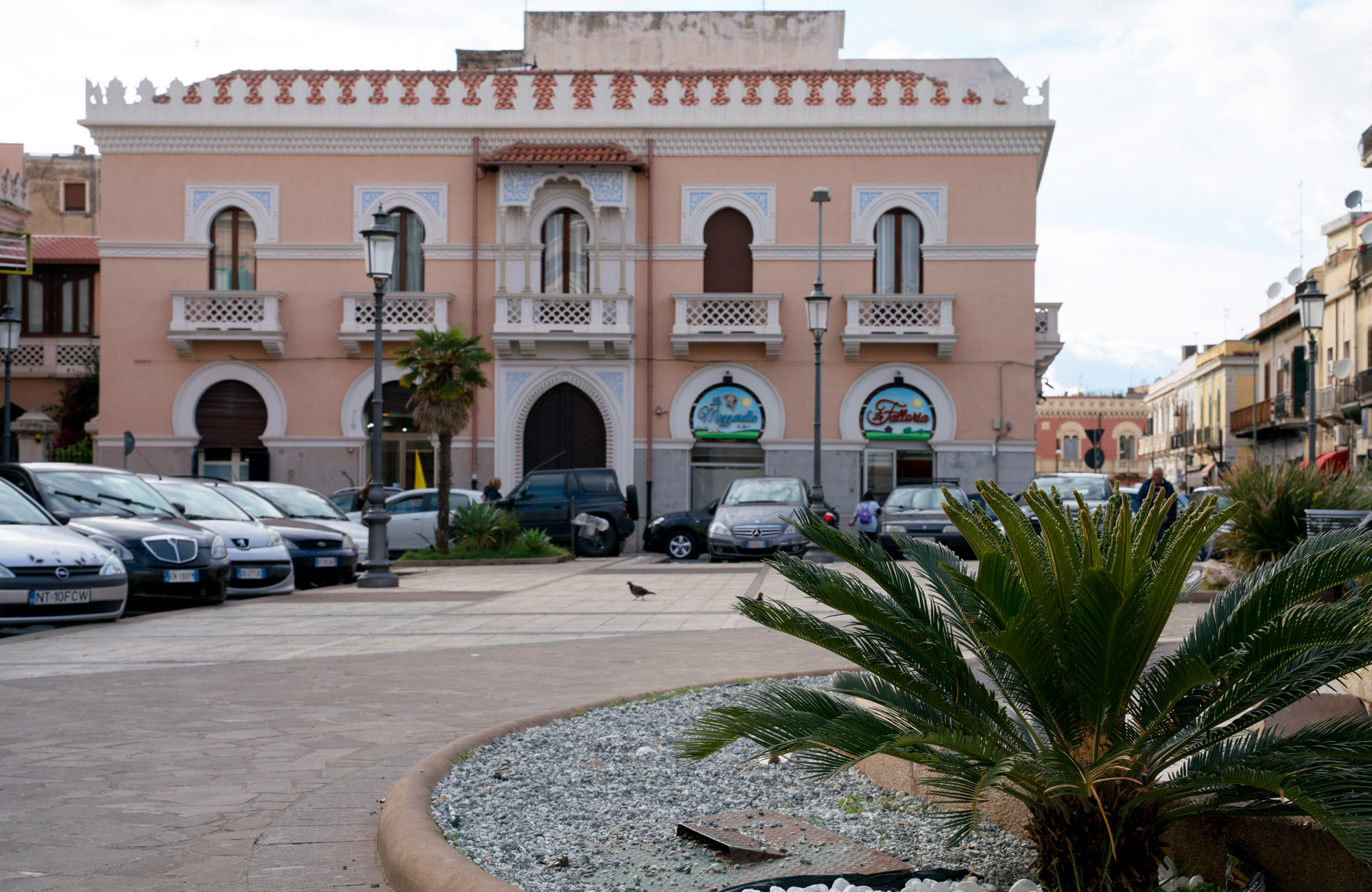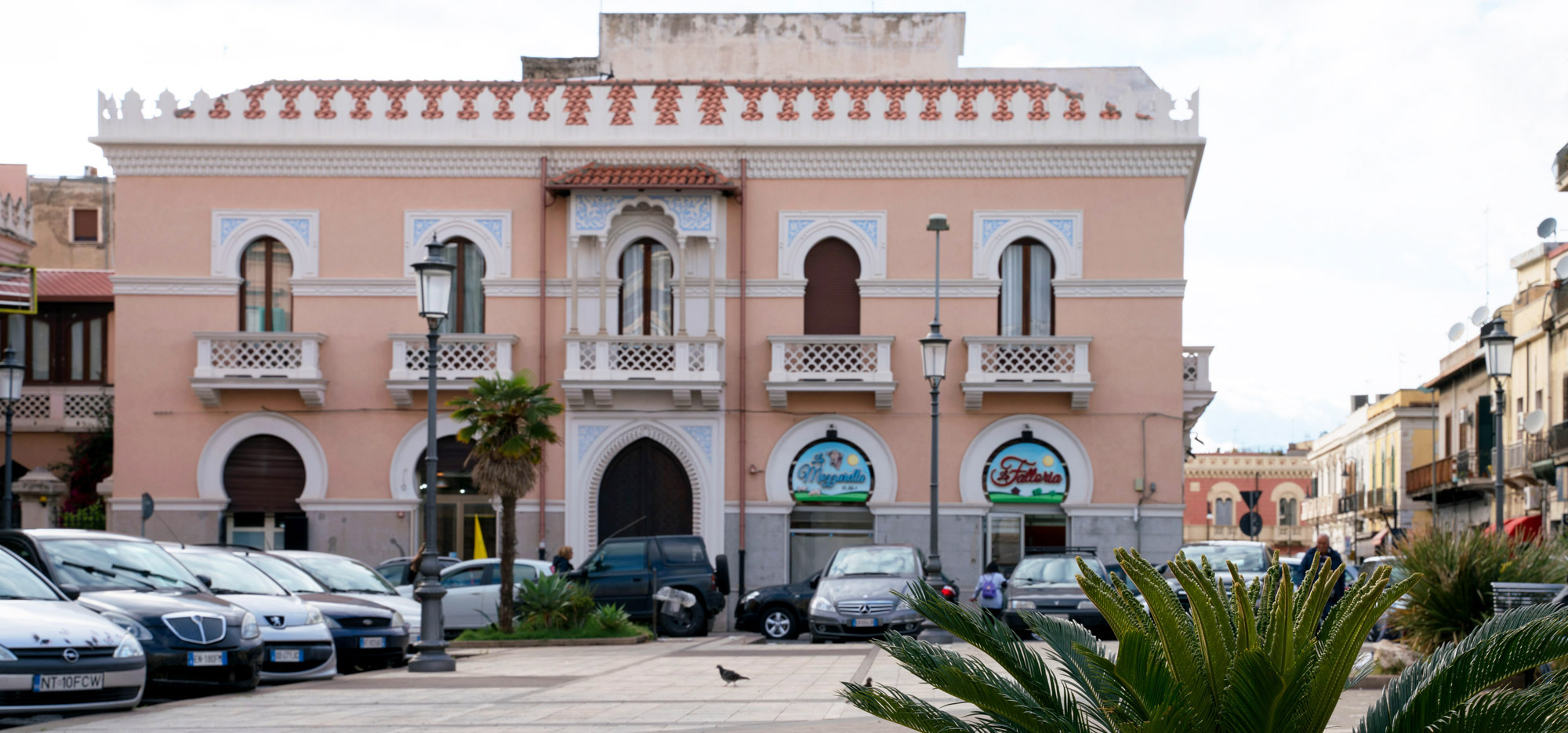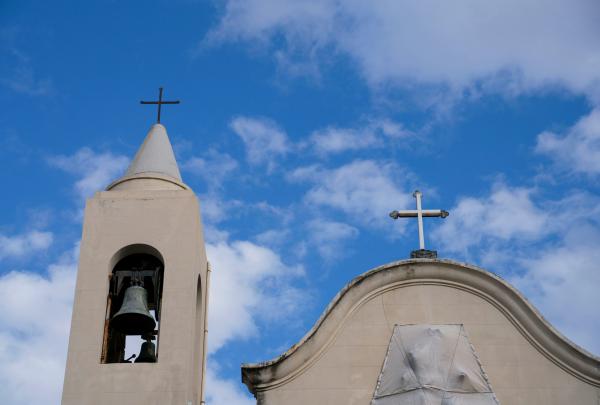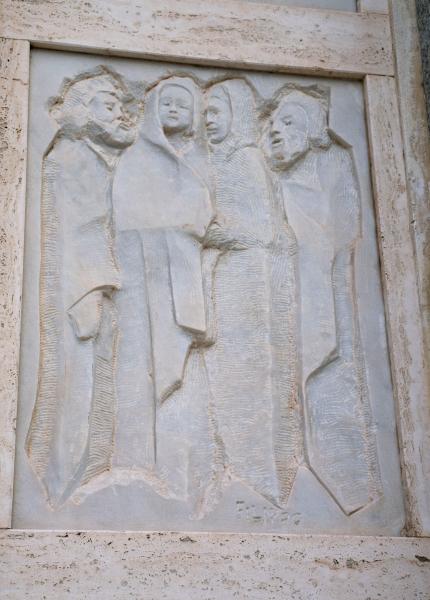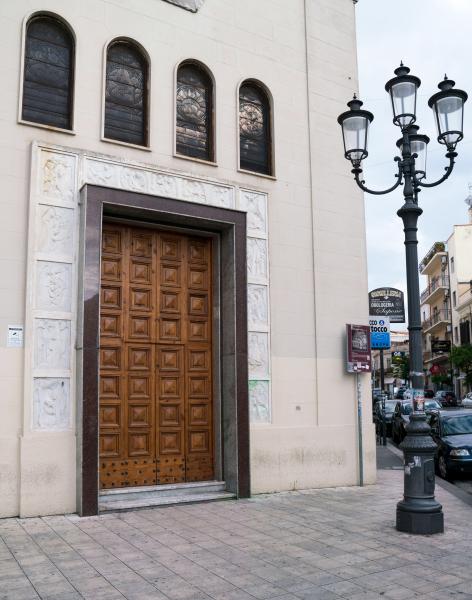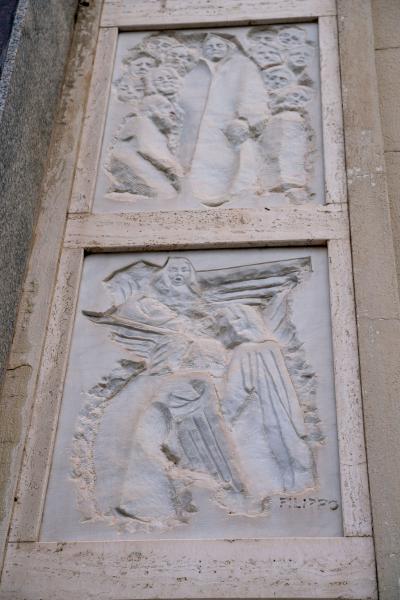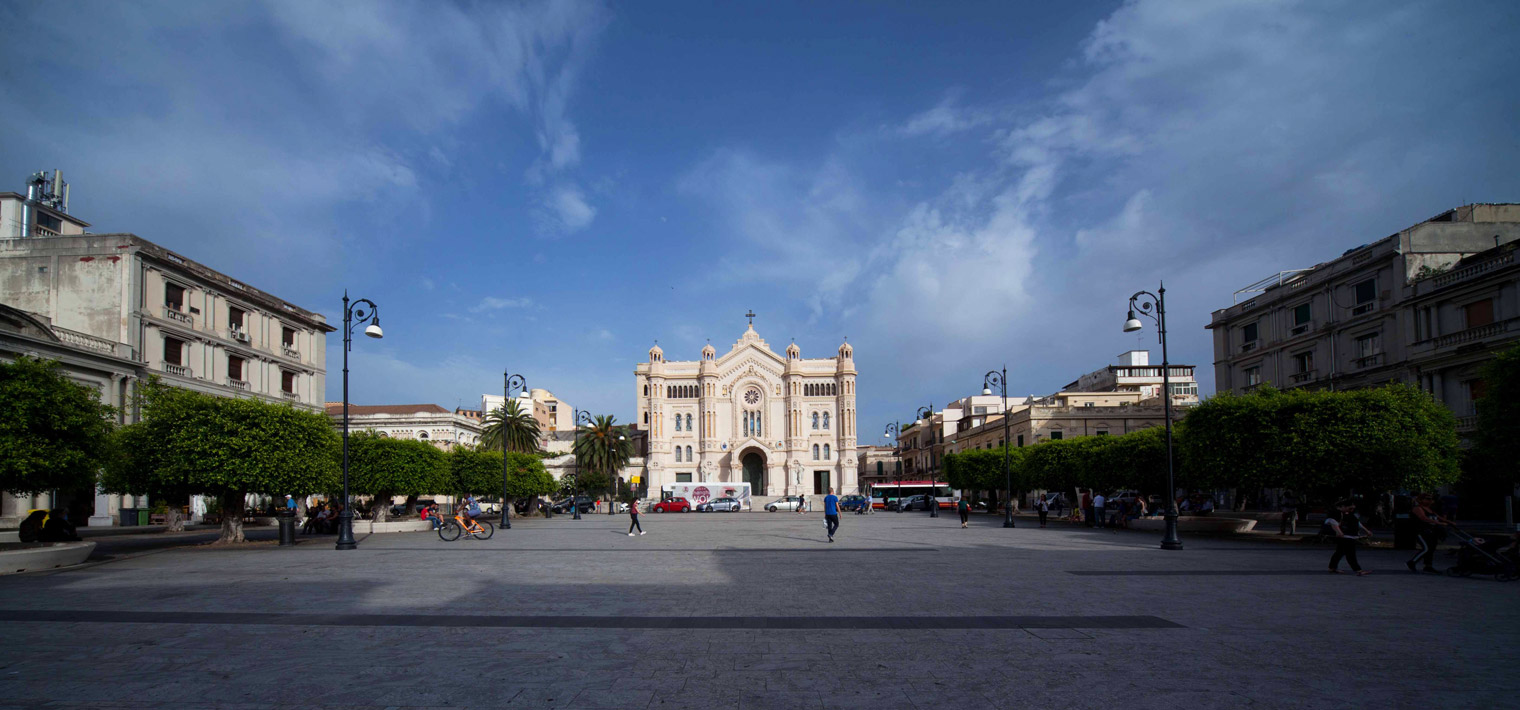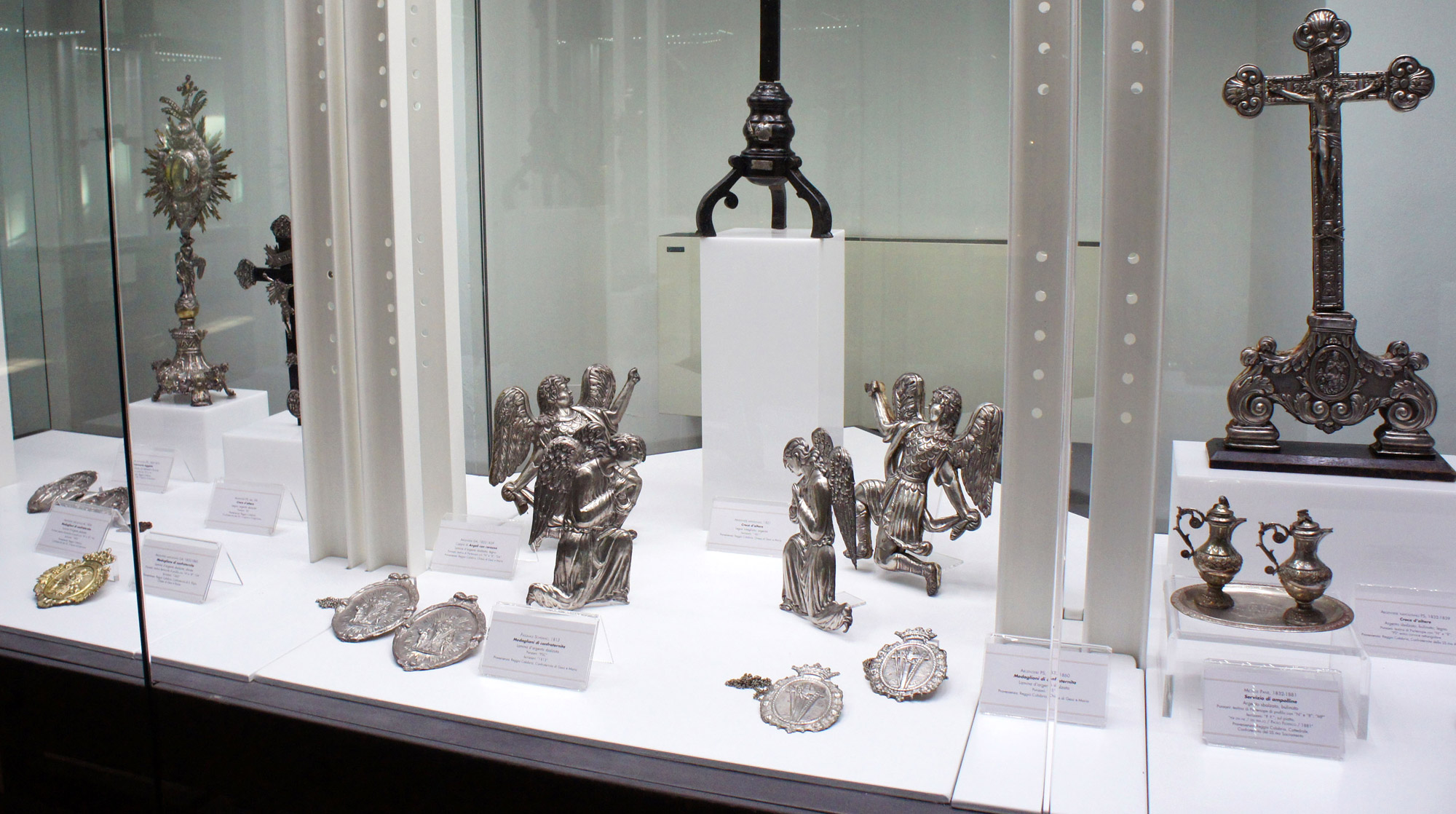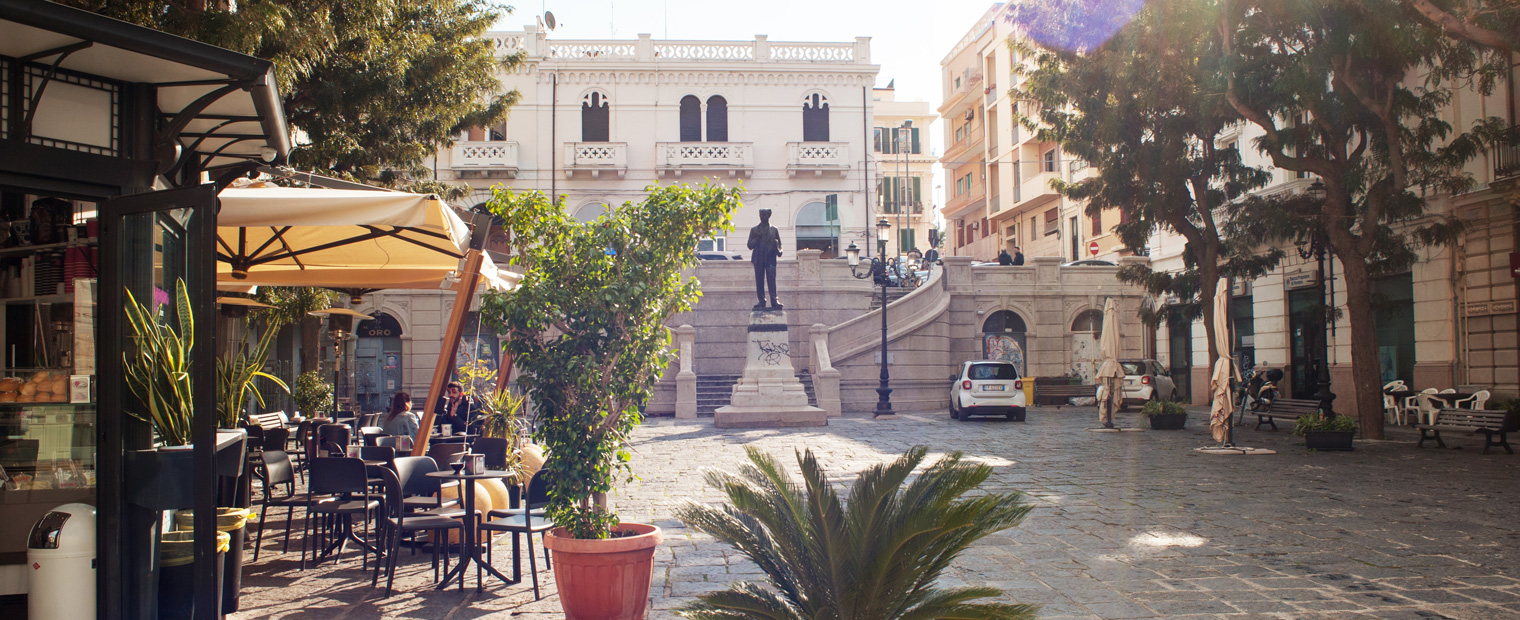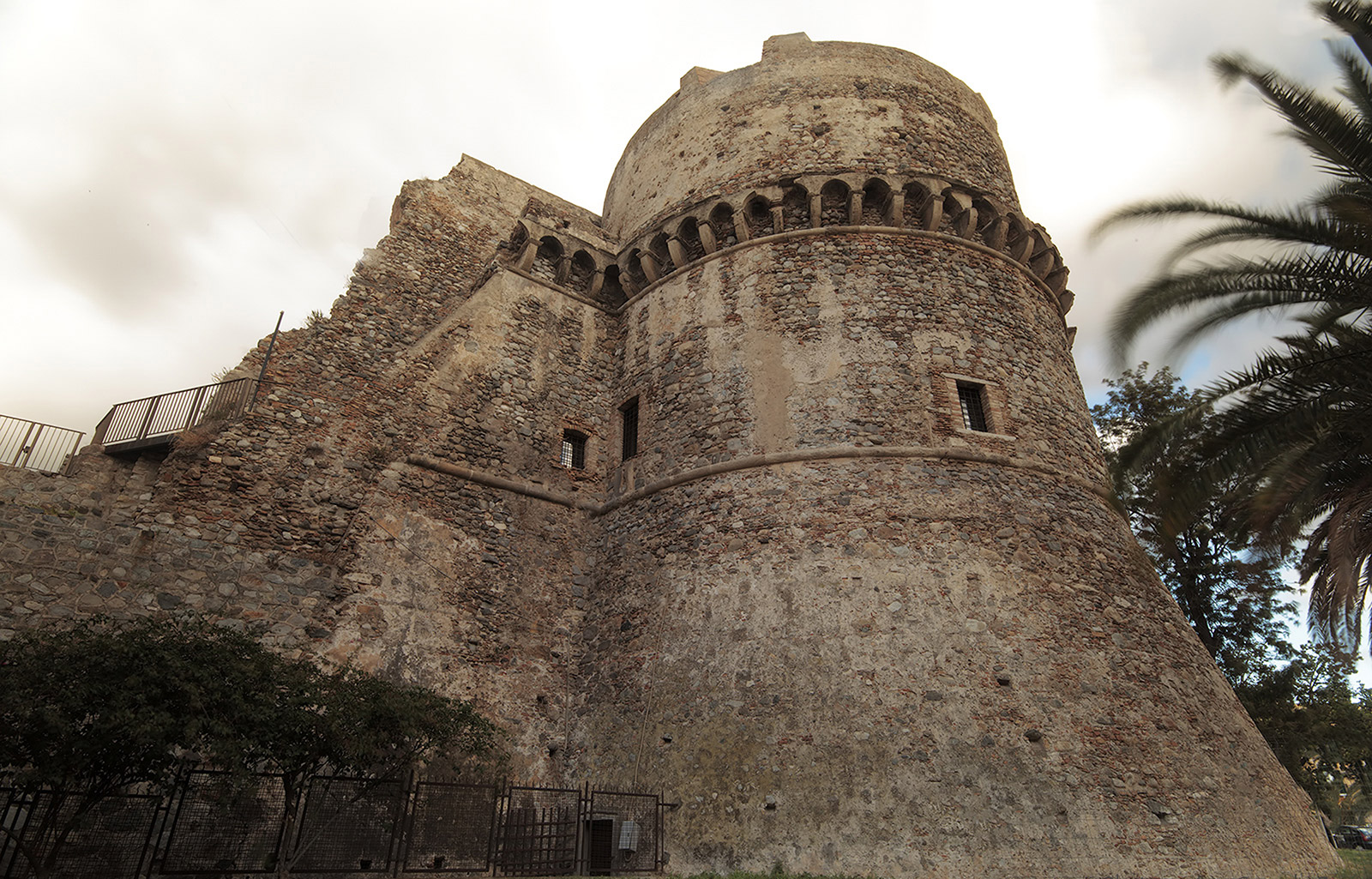The place’s ancient name was Largo San Filippo: here, there was a small church inside of which there was a painting of San Filippo d’Argirò, from which it most likely got its name. On the side of the Piazza that faces towards the Duomo, one of the four gates of the walls of Reggio Calabria, named Porta San Filippo, stood as early as the 600s. Even at that time, traders who came from Sbarre and the Ionian coastal strip stopped outside the San Filippo gate to sell their products without entering the city to avoid paying duty.

A shared restoration
The Piazza’s current appearance comes from a long recovery process. The final design of choice is the result of the most popular choice between four different proposals. The Piazza has a rectangular shape with several connecting arteries flowing into it. It comes to life in a central, combined space with the churchyard of the adjacent church, organized as a meeting place with several green areas. In order to better harmonize the Piazza with its architectural context, materials were chosen, specifically lava paving recovered from the pavement of the old Piazza.
DID YOU KNOW THAT …?
The fruit and vegetable market organized by the local Coldiretti is to this day held in the Piazza.
Chiesa del Carmine
The Chiesa del Carmine presents a simple and linear external architecture, while inside the high altar is worthy of attention, as it comes from the ancient cathedral that represents one of the most important altars of the Diocese of Reggio Calabria-Bova. Dated 1787, the altar is the work of Messina-born Paolo Rechichi, presenting polychrome marble inlays with overlapping rich volutes in white marble. The frontal aspect and the step of the altar appear to be characterized respectively by the curvilinear crest in which the Maltese cross is depicted.
